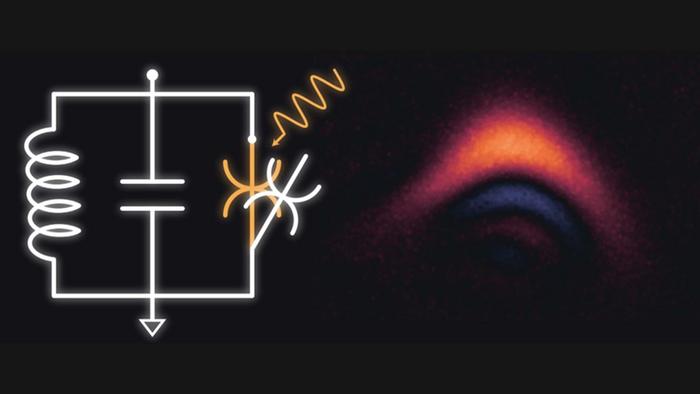Researchers from Chalmers University of Technology in Sweden have created a unique system that could help quantum computers work for longer periods and become more robust. The system addresses a trade-off problem that has been hindering the progress of quantum computing.
Quantum computers are currently limited by errors and noise caused by factors such as electromagnetic interference or magnetic fluctuations. These disturbances cause the sensitive qubits to lose their quantum states, which limits the amount of time a quantum computer can work on a problem. Additionally, controlling the quantum states efficiently is crucial for a quantum computer to tackle complex problems.
“We have created a system that enables extremely complex operations on a multi-state quantum system, at an unprecedented speed,” says Simone Gasparinetti, leader of the 202Q-lab at Chalmers University of Technology and senior author of the study.
A New Approach to Quantum Computing
The system created by the Chalmers researchers is based on continuous-variable quantum computing and uses harmonic oscillators to encode information linearly. This approach deviates from the two-quantum-state principle and offers a much larger number of physical quantum states, making quantum computers better equipped against errors and noise.
“Think of a qubit as a blue lamp that, quantum mechanically, can be both switched on and off simultaneously. In contrast, a continuous variable quantum system is like an infinite rainbow, offering a seamless gradient of colours. This illustrates its ability to access a vast number of states, providing far richer possibilities than the qubit’s two states,” explains Axel Eriksson, researcher in quantum technology at Chalmers University of Technology and lead author of the study.
Overcoming the Kerr-Effect
Although continuous-variable quantum computing based on harmonic oscillators enables improved error correction, its linear nature does not allow for complex operations to be carried out. Attempts to combine harmonic oscillators with control systems have been hindered by the Kerr-effect, which scrambles the many quantum states offered by the oscillator, canceling the desired effect.
The Chalmers researchers were able to circumvent the Kerr-effect by putting a control system device inside the oscillator. This solution preserves the advantages of the harmonic oscillators while enabling accurate control of quantum states at high speed.
“Our community has often tried to keep superconducting elements away from quantum oscillators, not to scramble the fragile quantum states. In this work, we have challenged this paradigm. By embedding a controlling device at the heart of the oscillator we were able to avoid scrambling the many quantum states while at the same time being able to control and manipulate them. As a result, we demonstrated a novel set of gate operations performed at very high speed,” says Simone Gasparinetti.
The study, published in Nature Communications, may pave the way for more robust quantum computers and brings us closer to realizing the full potential of quantum computing in society.
Headline: Chalmers University Researchers Develop Unique System to Extend Quantum Computing Time and Improve Robustness
Additional Resources on Quantum Computing
Looking to learn more about quantum computing? Here are some additional resources:
- IBM Quantum: https://www.ibm.com/quantum
- Microsoft Quantum: https://azure.microsoft.com/en-us/solutions/quantum-computing
- Google Quantum AI: https://quantumai.google/


